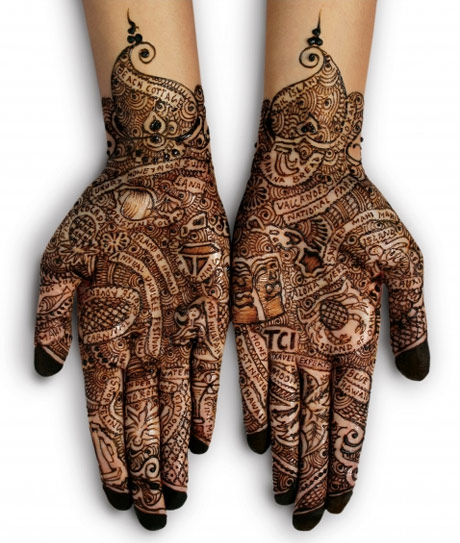
All around the world in all different countries and cultures people go under the knife to become more attractive. The only difference in these procedures around the world is the desired end appearance. Living in the United States, we are constantly bombarded with magazines, TV shows, radio gossip, and web sites which are dedicated solely on talking about celebrities and rich people who get plastic surgery so that they can have bigger breasts, smaller waists and butts, or just so that they look younger. On the other side of the Atlantic Ocean, in Africa, men and women alike are going under the knife not to hide their scars or to fix any size preferences one might have, but to create scars. Scarification is a common practice across Africa as a cultural activity. There are many reasons for scarification in African cultures. Scars from scarification are, “Not only... perceived as aesthetically pleasing, [but] they are also
functional, for example indicating one's lineage” (Coleman). Scarification is the act of taking a sharp object such as a knife or a rock and cutting the skin with it in certain patterns with the aim to leave raised scars on the person’s skin. “Cicatrisation is a special form of scarification, whereby a gash is made in the skin with a sharp instrument, and irritation of the skin caused by applying caustic plant juices forms permanent blisters. Dark pigments such as ground charcoal or gunpowder are sometimes rubbed into the wound to provide emphasis” (Coleman). Scarification can be used to show one’s social status, ethnic group, or family. Scarification in some tribes, such as the Tib in Nigeria, use scarification to show where a girl is in her life (adolescent, puberty, adult) or to show how ready she is for reproducing. Though in the United States extreme body art is seen as something usually done by the rebels and outcasts of society, ‘”Scarification and other forms of body decoration were traditionally considered marks of civilisation. They distinguished the civilised, socialised human body from the body in its natural state and from animals’ (Vogel.1986.p.25)” (Coleman).
Works Cited
Coleman, Helen. "Scarification among African cultures." Scarification and Cicatrisation among African cultures. Nov. 2002. 29 Apr. 2009
.







